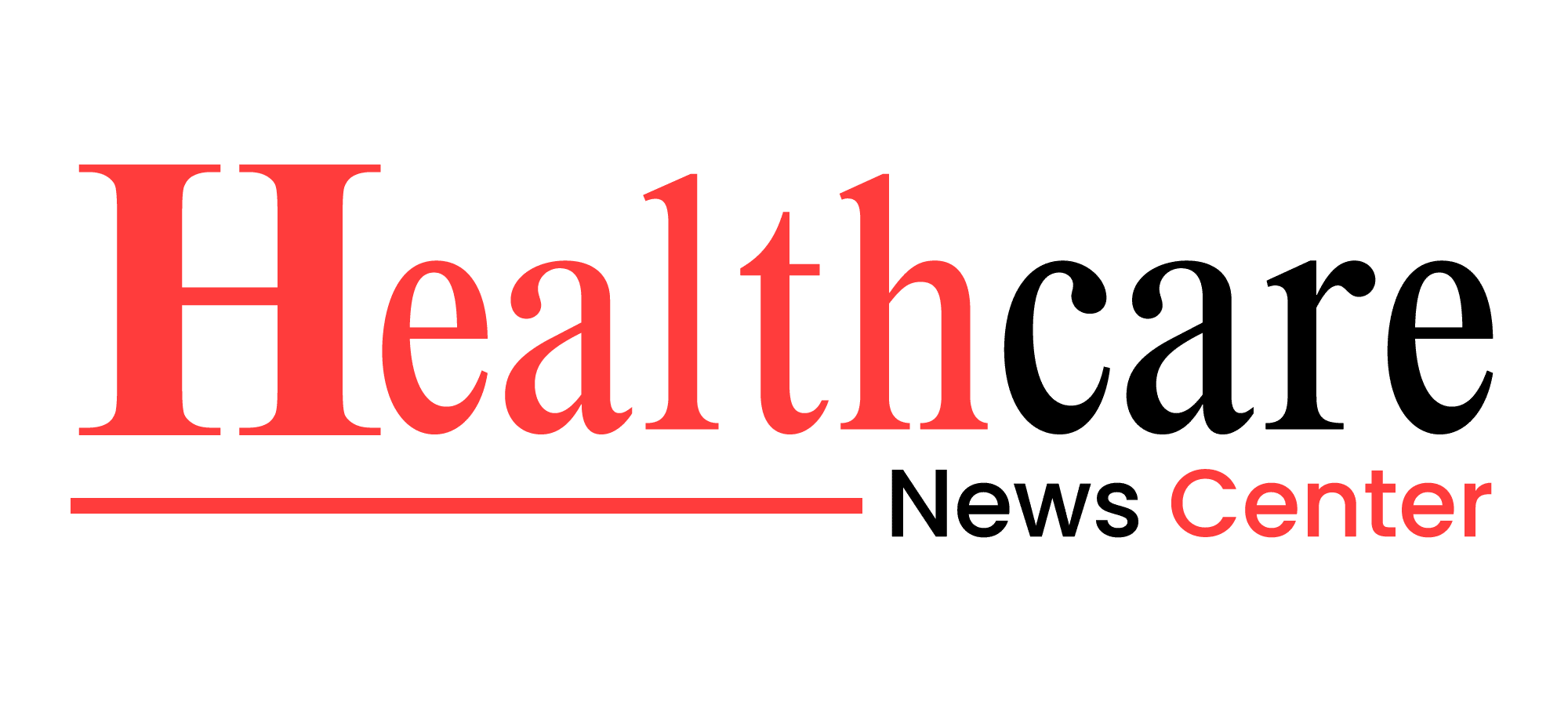A recent study has revealed that nearly 1.8 billion adults globally are at significant risk of various diseases due to insufficient physical activity. This alarming statistic underscores a growing public health concern that highlights the need for increased awareness and intervention strategies to address the widespread issue of physical inactivity.
Scope of the Issue
Physical inactivity is a major risk factor for numerous health conditions, including cardiovascular disease, diabetes, and certain cancers. The World Health Organization (WHO) estimates that over 80% of the global population does not meet the recommended levels of physical activity, which contributes to a considerable burden of preventable illnesses.
Source: Centers for Disease Control and Prevention (CDC) – Physical Activity Basics
Recent Findings and Statistics
- Global Impact
A comprehensive study published in The Lancet in July 2024 highlights that physical inactivity is responsible for 3.2 million deaths annually. The study emphasizes that insufficient physical activity is linked to a range of health issues, including obesity, cardiovascular disease, and type 2 diabetes.
Source: The Lancet – Physical Inactivity and Global Health
- Regional Disparities
A report from the Global Health Institute, published in August 2024, indicates that physical inactivity rates vary significantly by region. For example, adults in high-income countries are more likely to engage in sedentary lifestyles compared to their counterparts in low- and middle-income countries. This disparity is attributed to differences in lifestyle, urbanization, and access to recreational facilities.
Source: Global Health Institute – Regional Analysis of Physical Inactivity
- Economic and Social Costs
The economic impact of physical inactivity is substantial. A report by the International Journal of Public Health, released in June 2024, estimates that the global cost of physical inactivity is approximately $27 billion annually. This figure includes direct healthcare costs as well as lost productivity.
Source: International Journal of Public Health – Economic Costs of Physical Inactivity
Health Risks Associated with Physical Inactivity
- Cardiovascular Diseases
Inactivity is a key contributor to cardiovascular diseases. The American Heart Association (AHA) highlights that a sedentary lifestyle increases the risk of hypertension, heart disease, and stroke. Regular physical activity can significantly reduce these risks and improve overall cardiovascular health.
Source: American Heart Association – Physical Activity and Cardiovascular Health
- Type 2 Diabetes
Research published in the Journal of Diabetes Research in September 2024 indicates that physical inactivity is a major risk factor for type 2 diabetes. The study found that individuals who engage in less than 150 minutes of moderate-intensity exercise per week have a higher risk of developing the condition.
Source: Journal of Diabetes Research – Physical Activity and Diabetes Risk
- Mental Health Issues
Physical inactivity also affects mental health. A report from the Mental Health Foundation, published in May 2024, links a lack of exercise to increased risks of depression and anxiety. Regular physical activity has been shown to improve mood and cognitive function.
Source: Mental Health Foundation – Exercise and Mental Health
Recommendations for Increasing Physical Activity
- Public Health Campaigns
Public health campaigns play a crucial role in promoting physical activity. The National Institute for Health and Care Excellence (NICE) suggests that comprehensive campaigns, including community-based programs and workplace wellness initiatives, are effective in encouraging more active lifestyles.
Source: National Institute for Health and Care Excellence (NICE) – Physical Activity Campaigns
- Policy Interventions
Policy changes, such as creating more walkable urban spaces and improving access to recreational facilities, are vital for increasing physical activity levels. According to the American Public Health Association (APHA), policies that support physical activity can lead to significant improvements in public health.
Source: American Public Health Association (APHA) – Policy and Physical Activity
- Personal Strategies
Individuals are encouraged to incorporate more physical activity into their daily routines. Simple changes, such as taking the stairs instead of the elevator and engaging in regular exercise, can make a significant difference in overall health.
Source: Mayo Clinic – Exercise Tips
Conclusion
The global prevalence of physical inactivity poses significant health risks and economic burdens. Addressing this issue requires a multifaceted approach, including public health campaigns, policy changes, and individual lifestyle adjustments. By increasing physical activity levels, individuals can reduce their risk of chronic diseases and improve their overall quality of life.
For more information on physical activity and its health benefits, visit the following resources:
- Centers for Disease Control and Prevention (CDC): Physical Activity Basics
- The Lancet: Physical Inactivity and Global Health
- Global Health Institute: Regional Analysis of Physical Inactivity
- International Journal of Public Health: Economic Costs of Physical Inactivity
- American Heart Association: Physical Activity and Cardiovascular Health
- Journal of Diabetes Research: Physical Activity and Diabetes Risk
- Mental Health Foundation: Exercise and Mental Health
- National Institute for Health and Care Excellence (NICE): Physical Activity Campaigns
- American Public Health Association (APHA): Policy and Physical Activity
- Mayo Clinic: Exercise Tips
4o mini

